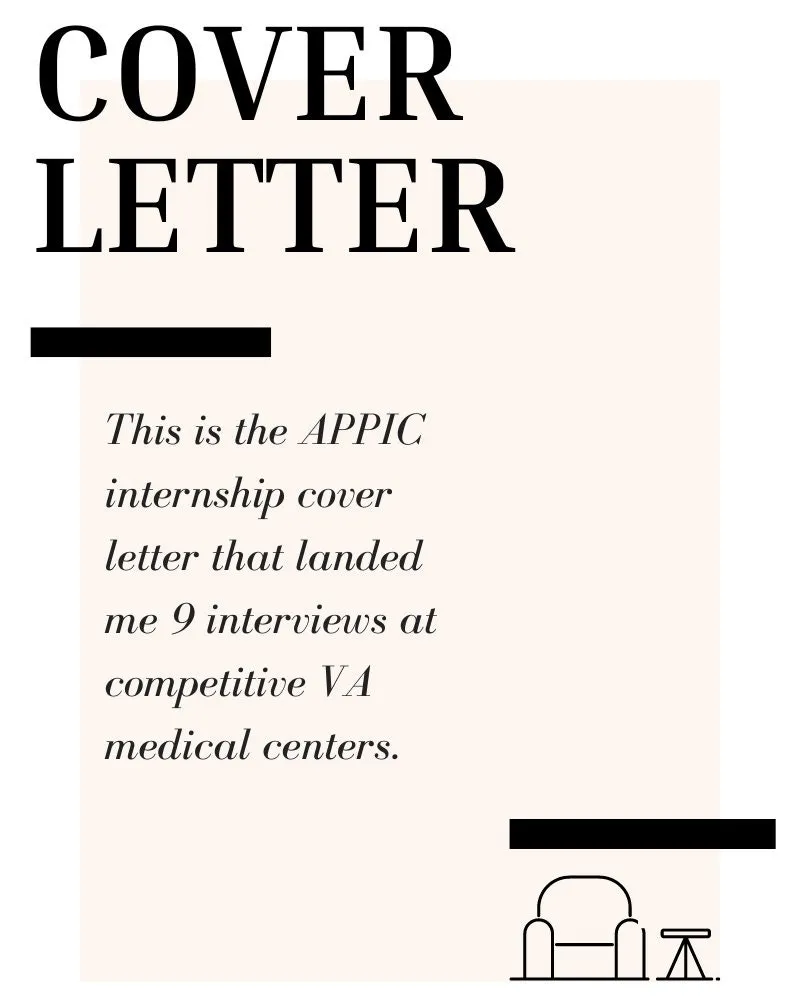Understanding the Psychology Cover Letter
A psychology cover letter is a critical document that accompanies your resume when applying for psychology-related positions. It serves as your first introduction to a potential employer, providing an opportunity to showcase your personality, skills, and passion for the field. Unlike a resume, which provides a concise overview of your experience, a cover letter allows you to elaborate on your qualifications and explain why you are the ideal candidate. It’s your chance to tell a story and demonstrate how your unique skills and experiences align with the specific job requirements. A well-crafted cover letter can significantly increase your chances of getting an interview, making it a crucial tool in your job application toolkit. It’s not just about listing what you’ve done, but about explaining how what you’ve done makes you the right fit.
Why a Psychology Cover Letter is Crucial
In the competitive field of psychology, a cover letter is more than just a formality; it’s a necessity. It allows you to differentiate yourself from other applicants by highlighting your specific skills and experiences in a way that a resume alone cannot. A cover letter demonstrates your genuine interest in the position and the organization. It shows that you’ve taken the time to research the role and understand the employer’s needs. A well-written cover letter also showcases your communication skills, an essential asset in psychology. By clearly and concisely articulating your thoughts, you prove your ability to connect with others and convey complex ideas effectively. Additionally, it provides context to your resume, explaining how your past experiences have prepared you for the specific job and the contributions you can make to the team.
Highlighting Your Skills and Experience
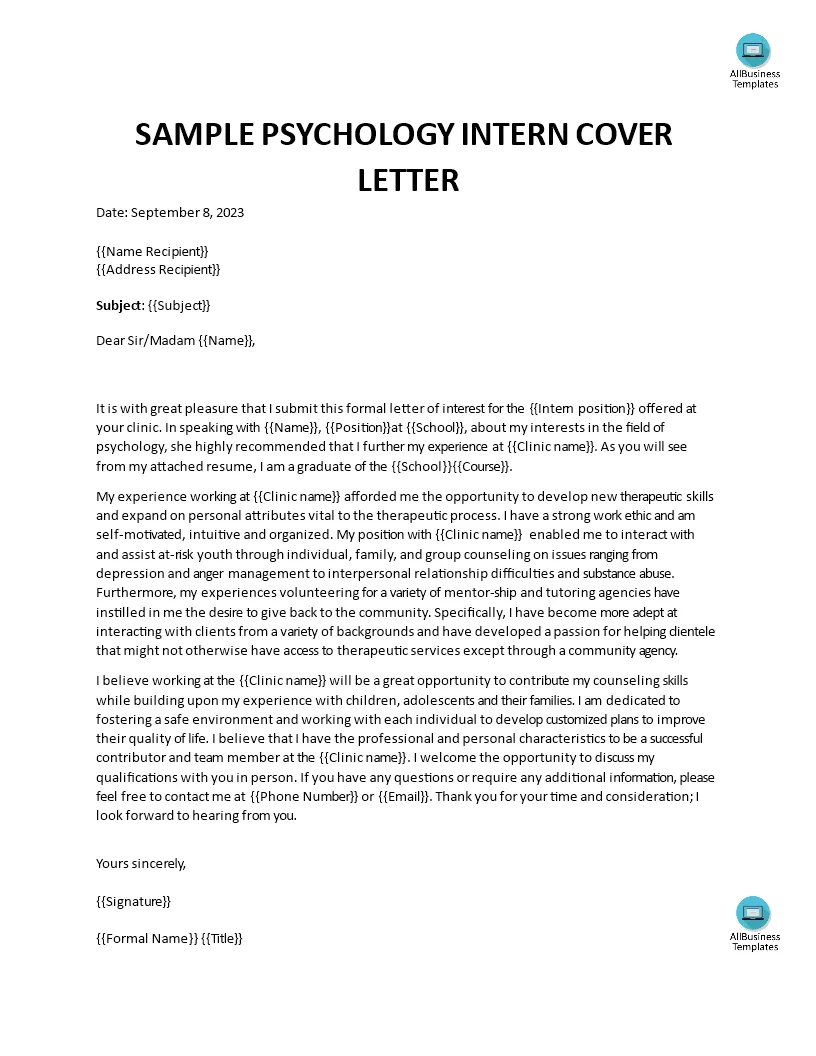
When crafting your psychology cover letter, focus on highlighting the skills and experiences most relevant to the job you are applying for. Begin by carefully reviewing the job description and identifying the key skills and qualifications the employer is seeking. Then, provide specific examples from your past experiences that demonstrate these skills. Use the STAR method (Situation, Task, Action, Result) to describe these experiences, providing concrete evidence of your abilities. For instance, if the job requires strong assessment skills, describe a situation where you conducted psychological assessments, the task you were assigned, the actions you took, and the positive results you achieved. Quantify your achievements whenever possible, such as the number of assessments completed, the percentage of clients who showed improvement, or the positive feedback received from supervisors. This will not only validate your skills but also help the hiring manager visualize your potential contributions to their team.
Demonstrating Your Passion for Psychology
Your cover letter is also the perfect place to express your genuine passion for psychology. Explain why you are drawn to the field, what aspects of psychology excite you, and what motivates you to pursue this particular role. Share any personal experiences or academic pursuits that have fueled your interest in psychology. This could be a volunteer experience, a research project, or a particular course that resonated with you. Show the employer that you are not just looking for a job, but that you are committed to the field and eager to make a meaningful contribution. Demonstrate your awareness of current issues and trends in psychology, and explain how your goals align with the organization’s mission and values. This display of enthusiasm and knowledge will set you apart from other candidates and make a lasting impression.
Researching the Organization
Before you start writing your cover letter, it’s essential to thoroughly research the organization you are applying to. This research will enable you to tailor your letter and demonstrate a genuine interest in the specific role and the organization’s mission. Visit the organization’s website, read about their services, research their recent publications or research projects, and understand their values. If possible, research the hiring manager or the team you would be working with. Mention specific programs, projects, or initiatives that resonate with you, showing that you understand their work and are genuinely interested in contributing to their efforts. By demonstrating your knowledge of the organization, you show that you have invested time and effort in the application process, making a strong positive impression on the hiring manager.
Tailoring Your Cover Letter
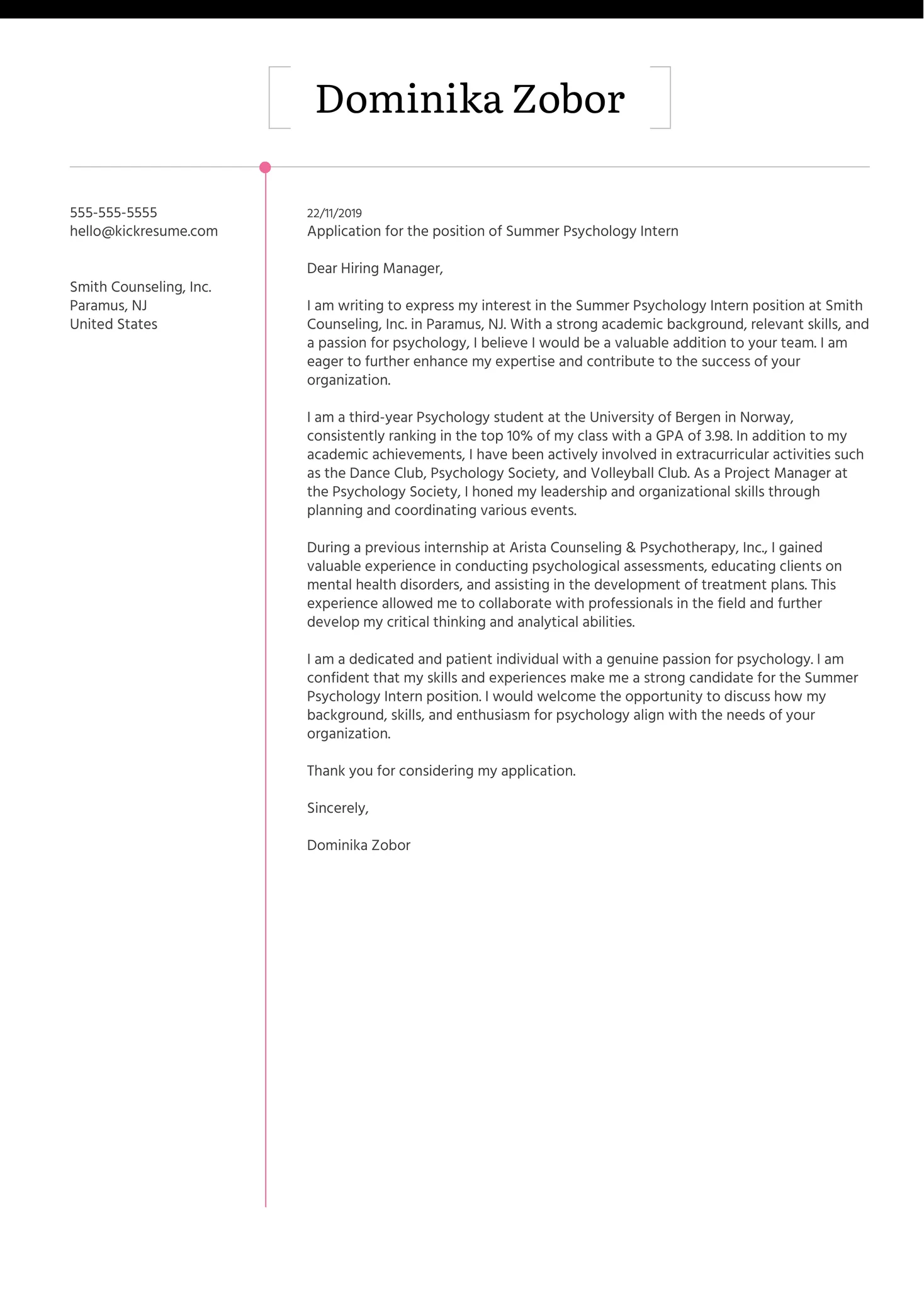
Generic cover letters are easily spotted and often discarded. To make your application stand out, personalize each cover letter to the specific job and organization. While you can use a basic template, you should always customize it. Review the job description carefully and use the keywords and phrases that the employer uses to describe the role and desired qualifications. Address the specific requirements of the job and highlight how your skills and experience align with those needs. Use the organization’s name and the hiring manager’s name (if you know it) throughout the letter. Demonstrating that you have taken the time to tailor your letter shows that you are serious about the position and eager to join their team. This personalized approach will greatly increase your chances of getting an interview.
Key Sections of a Psychology Cover Letter
A well-structured psychology cover letter typically includes the following key sections. Each section contributes to a comprehensive and compelling narrative that showcases your qualifications and personality. The proper structure ensures that the letter is easy to read and provides all the necessary information in a clear and organized manner. Understanding these key sections is critical to creating a cover letter that grabs the reader’s attention and effectively presents your qualifications.
Header and Contact Information
Your cover letter should start with a professional header that includes your contact information and the date. List your full name, phone number, email address, and optionally, your LinkedIn profile or professional website. Make sure the date is accurate and reflects the day you are sending the application. Below your contact information, include the hiring manager’s name (if known), their title, and the organization’s address. This ensures your application looks polished and professional from the start. Double-check all the information for accuracy to avoid any errors that could hinder communication.
Opening Statement
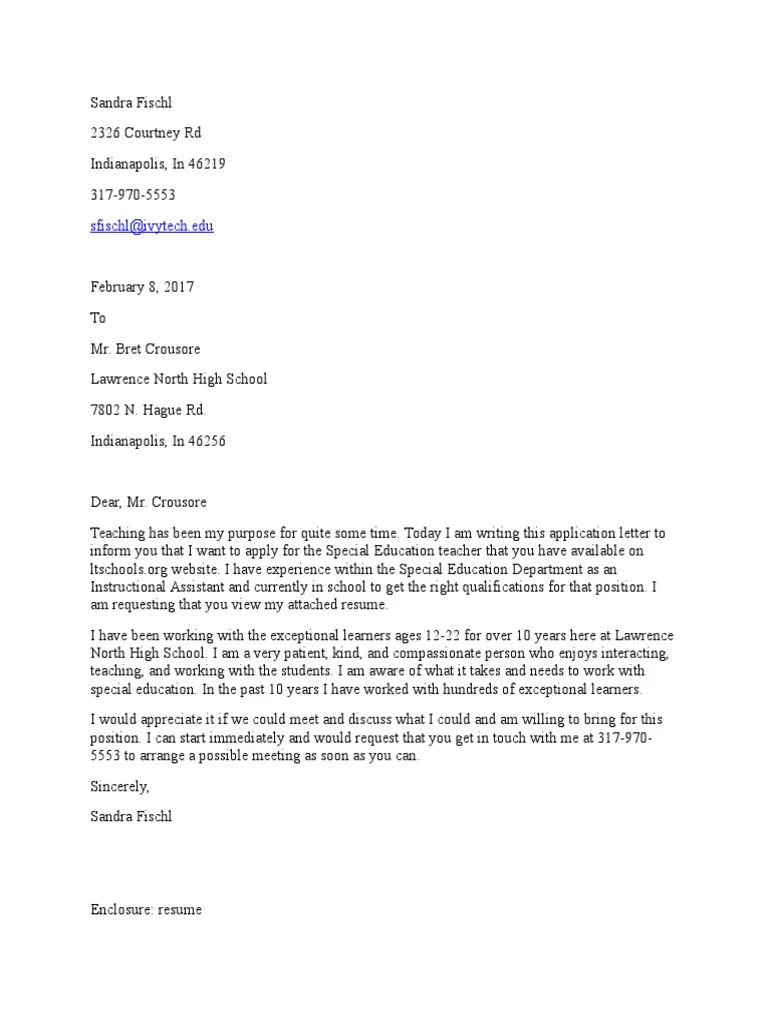
The opening statement is your first chance to make a strong impression. Start by clearly stating the position you are applying for and where you saw the job posting. Then, immediately capture the reader’s attention by stating why you are a strong candidate. Briefly mention your key skills, experience, or achievements that align with the job requirements. Show enthusiasm and confidence in your ability to succeed in the role. Avoid generic phrases, and instead, offer a compelling reason why the organization should consider you. Consider starting with a brief anecdote, a striking fact, or a statement of your career goals related to psychology to make a lasting impression.
Body Paragraphs
The body paragraphs are the heart of your cover letter, where you provide detailed information about your skills, experience, and passion for psychology. Focus on the key requirements outlined in the job description and use specific examples to demonstrate your qualifications. Use the STAR method to describe your achievements: Situation, Task, Action, Result. For each point, discuss the situation, the task you were assigned, the actions you took, and the results of your efforts. This provides concrete evidence of your abilities. Connect your experiences to the organization’s needs, showing how you can contribute to their goals. Avoid simply repeating your resume; instead, expand on your accomplishments and explain how they align with the job requirements. Showcasing your understanding of psychological principles and your ability to apply them effectively is essential.
Showcasing Relevant Skills
In the body paragraphs, dedicate space to showcase the skills that are most relevant to the specific psychology position. Refer back to the job description and identify the core skills required for the role. Include both hard skills (e.g., statistical analysis, assessment techniques, therapy modalities) and soft skills (e.g., communication, empathy, teamwork, problem-solving). Give specific examples of how you have used these skills in the past. For example, if the job requires strong communication skills, describe a situation where you effectively communicated complex information to clients or colleagues. If the job requires data analysis skills, describe your experience using statistical software or analyzing research data. Quantify your accomplishments whenever possible to provide concrete evidence of your capabilities.
Addressing the Job Requirements
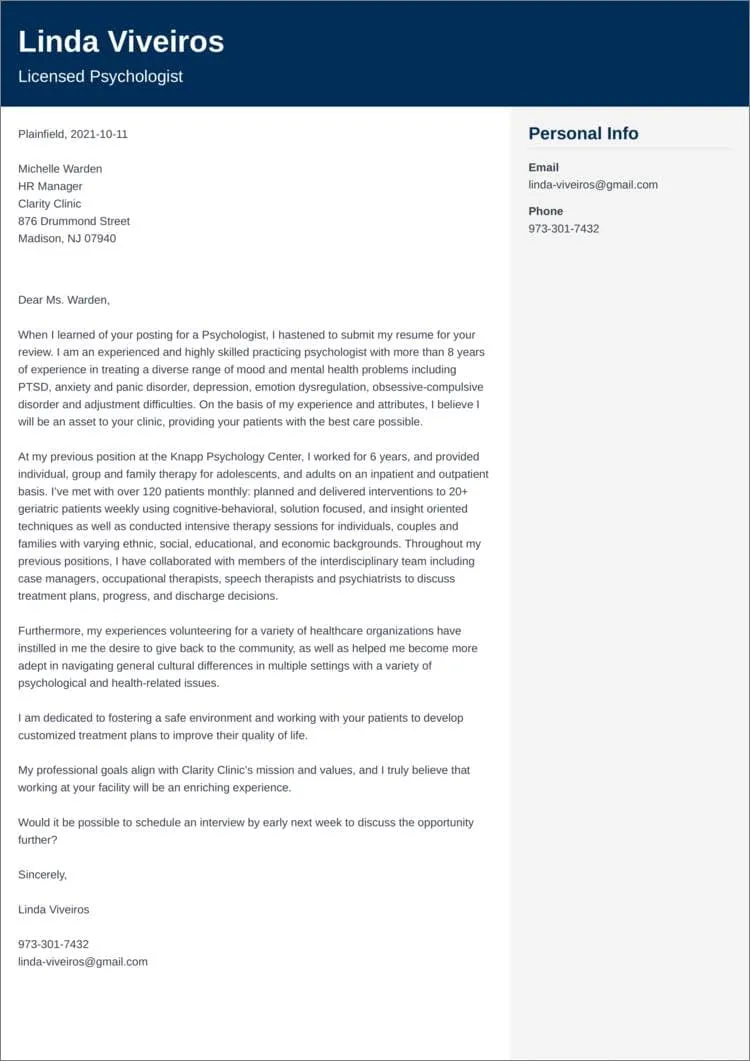
The most effective cover letters directly address the requirements listed in the job description. Carefully review each requirement and tailor your letter to demonstrate how your skills and experience meet those needs. For each key requirement, provide a specific example from your past work or academic experience. Use the same keywords and phrases that the employer uses in the job posting to show that you understand the position and the organization’s expectations. If there are any gaps in your experience, address them proactively. Explain how you have gained relevant skills or knowledge through other means, such as workshops, online courses, or volunteer work. By directly addressing the job requirements, you increase your chances of being seen as a strong fit for the position.
Closing Your Letter
The closing paragraph should summarize your interest in the position and organization. Reiterate your enthusiasm for the opportunity and briefly restate why you are a good fit. Express your confidence in your ability to contribute to the organization’s mission. End with a call to action, such as requesting an interview. Make it easy for the hiring manager to contact you by restating your contact information. Thank the reader for their time and consideration. Keep the tone professional and confident without being overly assertive. The closing is your final opportunity to reinforce your candidacy and encourage the hiring manager to take the next step.
Review and Proofread
Before submitting your cover letter, review and proofread it carefully. Errors can create a negative impression and undermine your credibility. Check for grammatical errors, spelling mistakes, and typos. Ensure your sentences flow well and the content is clear and concise. It is always advisable to have someone else read your cover letter. A fresh pair of eyes can catch errors that you may have missed. Review the letter to see if it effectively highlights your skills, experience, and passion. Check that your tone is professional and appropriate for the position. Make sure your contact information is correct and up-to-date. Proofreading is a critical step in the cover letter writing process, as it ensures the final document represents you in the best possible light.
Formatting Your Cover Letter
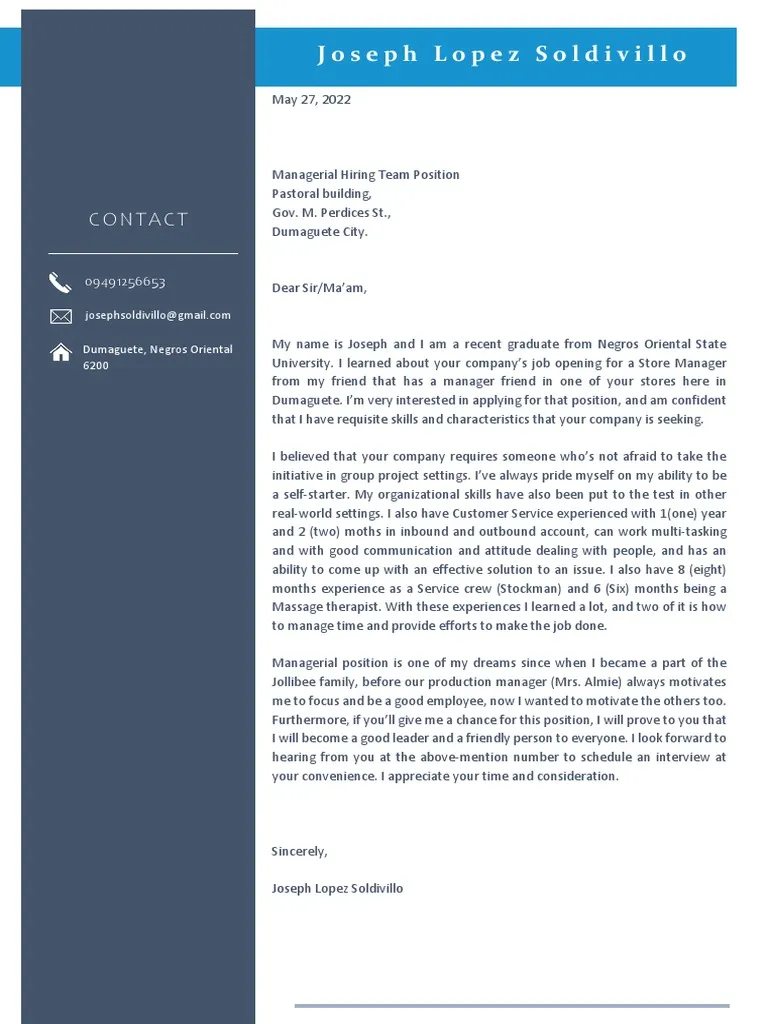
The formatting of your cover letter is important for readability and professionalism. Choose a standard, easy-to-read font, such as Times New Roman, Arial, or Calibri, in a size between 10 and 12 points. Use a professional layout with standard margins (1 inch on all sides) and consistent spacing. Keep the letter to one page in length. Use clear headings and subheadings to organize your content and make it easy for the reader to scan. Use bullet points or numbered lists to highlight key skills or accomplishments. Avoid excessive use of bolding, italics, or underlining. Ensure the letter is visually appealing and easy to navigate. A well-formatted cover letter demonstrates your attention to detail and professionalism. Save your cover letter as a PDF file to ensure that the formatting remains consistent when opened on different devices.
Common Mistakes to Avoid
Certain mistakes can significantly weaken your cover letter and reduce your chances of getting an interview. Avoid using generic or templated phrases, as they show a lack of effort and a lack of personalization. Do not simply reiterate your resume; instead, use the cover letter to elaborate on your skills and experience. Avoid errors in grammar, spelling, and punctuation. Ensure that your contact information is accurate and up-to-date. Do not be overly wordy or use jargon unnecessarily. Avoid negative language or complaints about past employers. Do not send a cover letter that is longer than one page. Always customize your cover letter for each job and research the organization thoroughly. By avoiding these common mistakes, you will significantly improve the quality of your cover letter and increase your chances of landing an interview.
